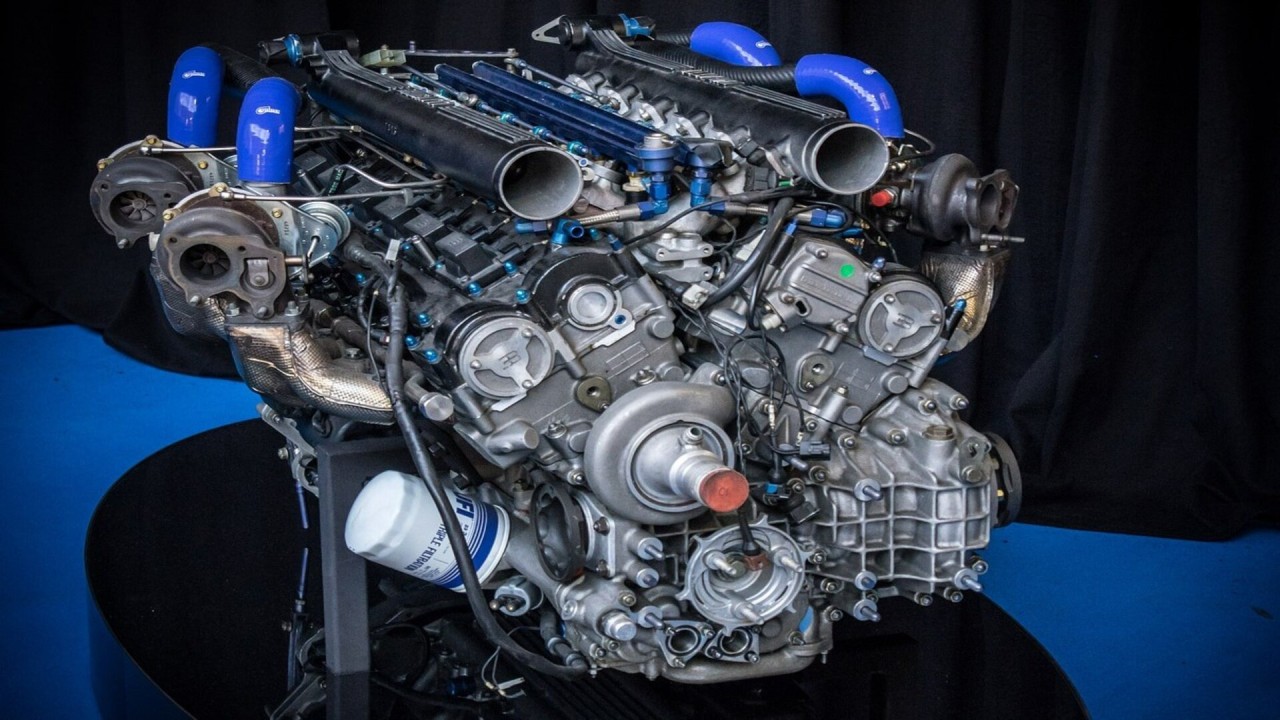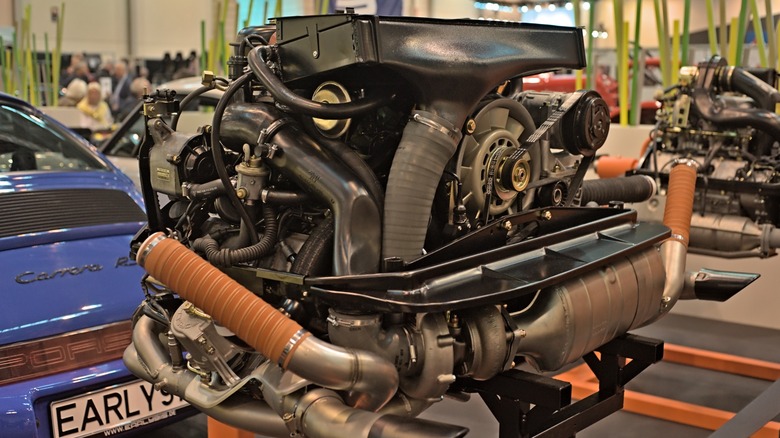The Quest for Ultimate Driving Power: Exploring the Peak of Engine Efficiency and Technological Developments in the Automotive Industry
In the realm of vehicle design, the search of maximum driving power has been a relentless quest that has actually unfolded with the development of engine layout and the assimilation of sophisticated technologies. From the thorough workmanship of combustion engines to the rapid improvements in electrical propulsion systems, the auto field stands at the cusp of a brand-new age characterized by unmatched performance abilities.
Evolution of Engine Design

In addition, the integration of turbocharging and supercharging technologies has actually revolutionized engine layout by boosting power without dramatically enhancing engine dimension. These forced induction systems press the consumption air, enabling for even more gas to be combusted, thus creating better power output from a smaller sized engine. This advancement has been especially critical in enhancing the performance of smaller sized displacement engines while preserving gas efficiency criteria.

Performance-Enhancing Gas Technologies
The execution of innovative gas technologies has actually dramatically added to boosting engine efficiency in contemporary automobiles. From typical fuel and diesel to ingenious biofuels, synthetic fuels, and hydrogen, the automotive field is observing a change in gas choices. Biofuels, stemmed from renewable sources like algae, corn, or sugarcane, deal improved and lowered discharges engine effectiveness. Synthetic gas, produced via chemical procedures, offer high octane ratings, boosting power outcome. Hydrogen fuel cells, although still in the onset of adoption, reveal excellent guarantee due to their zero-emission nature and capacity for high performance. In addition, gas ingredients and cleaning agents are being formulated to tidy engine elements, maximize combustion, and lower rubbing, thereby enhancing general lorry performance. With recurring research study and advancement, the pursuit for the supreme driving power continues, as designers strive to unlock the full capacity of performance-enhancing fuel modern technologies in the automobile sector.
Improvements in Electric Propulsion
Substantial strides in electrical propulsion modern technology have transformed the automobile market, leading the method for a brand-new era of lasting and efficient transportation. Electric cars (EVs) are acquiring appeal because of their ecological advantages and improvements in battery modern technology, making it possible for longer driving varieties and shorter charging times. Producers are investing heavily in research and development to boost the efficiency of electrical propulsion systems, concentrating on boosting power outcome, improving power performance, and lowering total weight.
One notable breakthrough in electric propulsion is the growth of sophisticated electric motors that deliver greater torque and power density, resulting in enhanced acceleration and total driving efficiency. Additionally, regenerative stopping systems have been refined to record and keep power during slowdown, additional increasing the efficiency of EVs.
In addition, the combination of smart technologies, such as expert system and predictive analytics, is enhancing the management of electrical propulsion systems, guaranteeing optimal efficiency under various driving problems. These improvements in electric propulsion are reshaping the vehicle landscape, driving the industry towards a much more lasting and amazed future.
Impact of Computational Liquid Characteristics
With developments in electrical propulsion pushing the limits of automotive modern technology, the integration of Computational Liquid Characteristics is playing an essential duty in enhancing wind resistant performance and improving total efficiency in automobile design. Computational Fluid Characteristics (CFD) involves making use of computer system simulations to analyze the flow of air around a lorry, enabling designers to anticipate how design modifications will certainly impact the rules of aerodynamics without the need for expensive physical models. By properly modeling air movement patterns, CFD enables for the refinement of lorry shapes to decrease drag, enhance air conditioning, and boost security.
CFD enables engineers to optimize air movement around elements such as radiators, engine bays, and wheel wells, adding to boosted efficiency and overall driving experience. In conclusion, the assimilation of Computational Fluid Dynamics represents a significant action ahead in the quest for best driving power and performance in the automobile industry.
Future Trends in Engine Technology
In the vibrant landscape of automotive design, innovative developments are shaping the future trajectory of engine innovation. The future of engine style is you could check here marked by a solid emphasis on performance, efficiency, and sustainability. Producers are significantly concentrating on creating engines that not only supply high power outputs yet also focus on ecological duty by decreasing exhausts and enhancing gas efficiency.
One famous fad in engine development is the surge of electrification. Hybrid and electric powertrains are acquiring traction as sensible alternatives to standard burning engines. These technologies provide the possibility for significant decreases in carbon exhausts and increased energy effectiveness, straightening with international initiatives to fight climate modification.
In addition, developments in materials scientific research and production strategies are enabling the production of lighter and extra durable engine components. This shift in the direction of lightweight materials such as carbon fiber and aluminum alloys adds to enhanced efficiency and gas economy.
Final Thought
To conclude, the search of best driving power in the auto field proceeds to drive advancements in engine design, gas modern technologies, electrical propulsion, and computational liquid characteristics. The development of these technologies is shaping the future of engine innovation, paving the way for more powerful and effective automobiles (engines for africa). As the market continues to push the borders of what is feasible, we can expect to see a lot more More hints revolutionary advancements in the quest for peak efficiency
One of the vital turning points in engine style evolution is the transition from traditional carbureted engines to modern-day fuel-injected systems. By exactly metering the fuel distribution to each cyndrical tube, fuel-injected engines enhance combustion, resulting in far better efficiency and decreased ecological influence.
Moreover, the integration of turbocharging and turbo charging innovations has changed engine style by increasing power without significantly raising engine size (engines for africa).The application of advanced fuel modern technologies has considerably added to improving engine performance in contemporary vehicles. In addition, fuel ingredients go right here and detergents are being formulated to clean engine parts, enhance burning, and decrease rubbing, thus enhancing general lorry performance